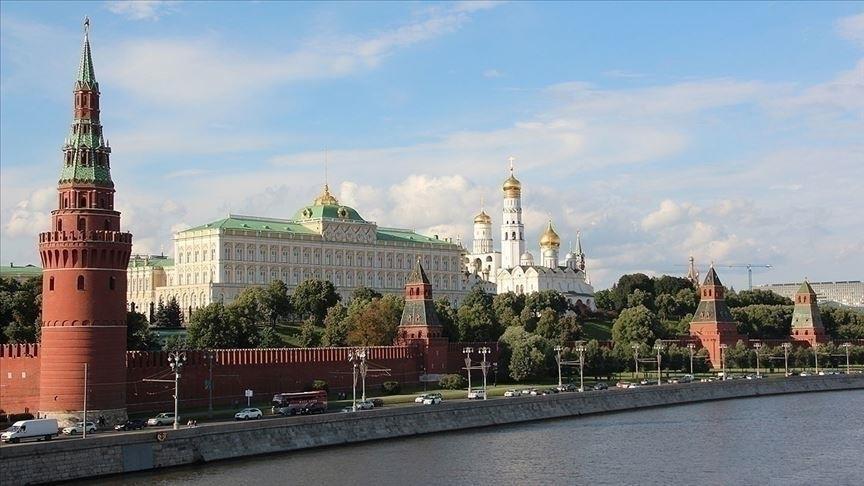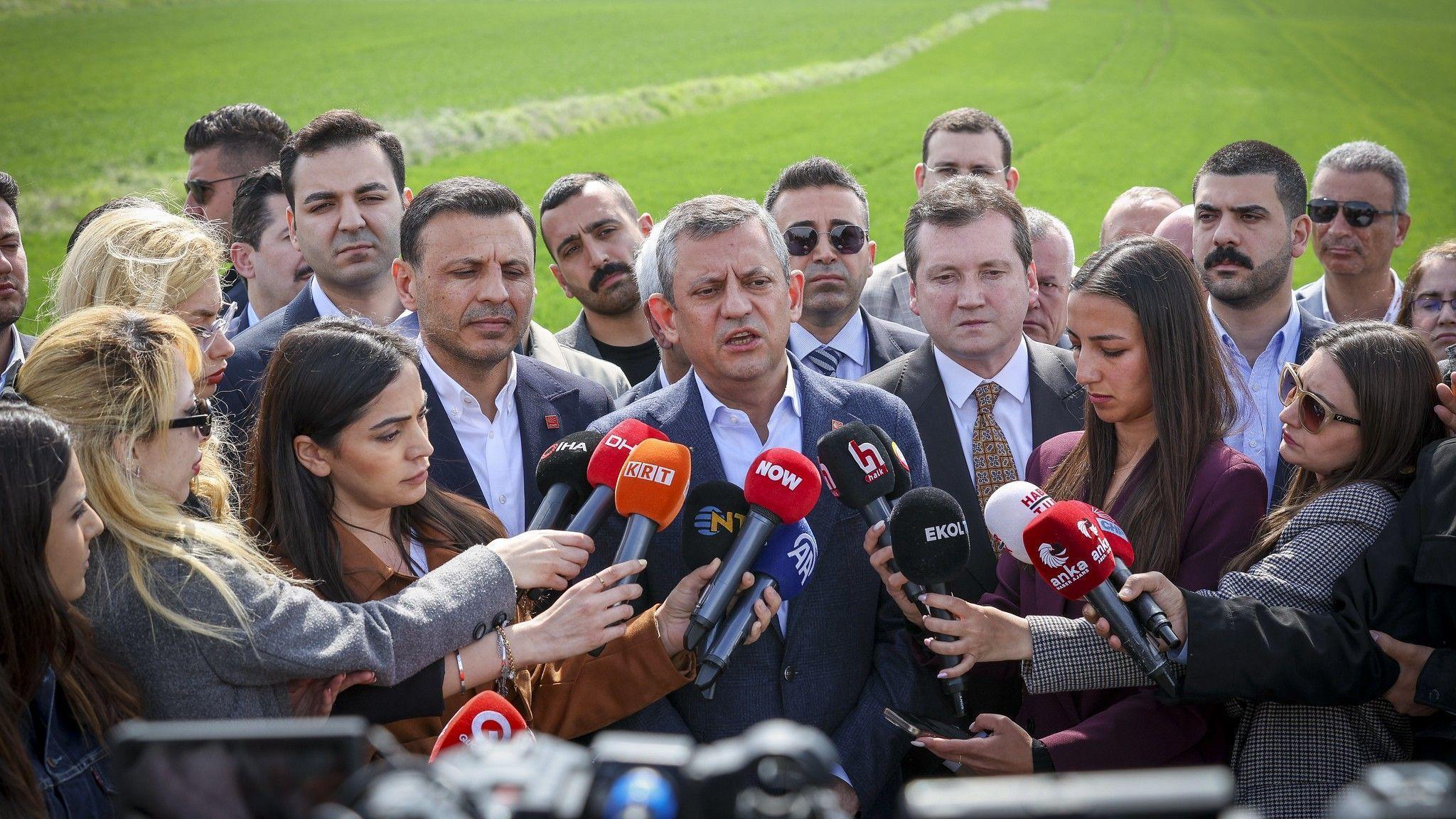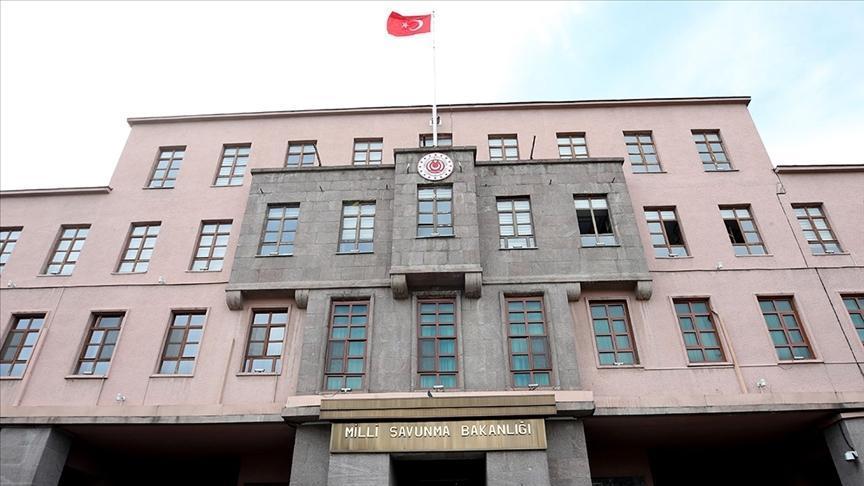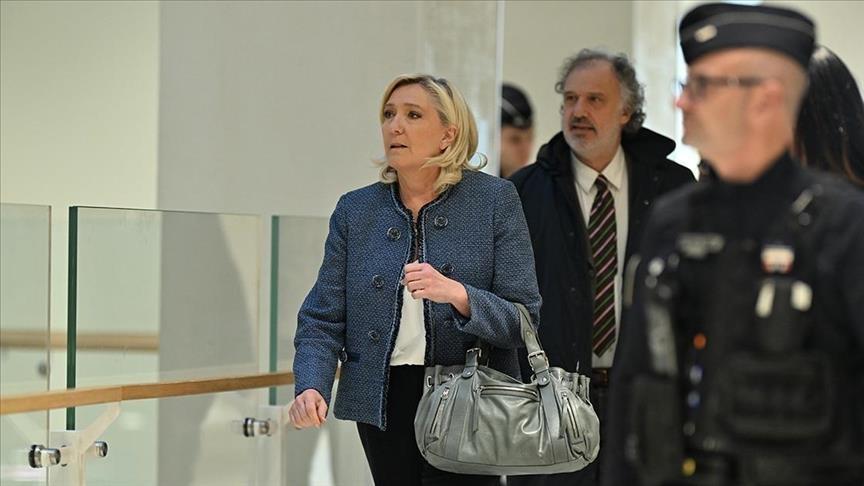Toward a new Middle East
The tragedies of the Middle East have taken up the prime spot on the international agenda for some time now. The prolonged regional turmoil, exacerbated by the onset of the Arab Spring, has now totally unsettled the balance of power in the region, and the political borders sketched by British and French diplomats and politicians after World War I have became unsustainable.
Although the popular uprisings against autocratic regimes in Tunisia, Libya, Egypt, and Syria had initially triggered hopes for transformation leading to more representative regimes, it has become clear by now that Middle Eastern hopes for democracy will have to wait for another spring. This one has already turned into an ugly winter. In addition to the powerful alignment of regional and international forces against representative governance in the region, the sudden plunge into sectarian clashes all over the region have created further ruptures between and within regional countries, increasing the uncertainty.
The end of the Cold War totally destroyed regional balances, and the precarious equilibrium that slowly came into existence after that has now been jeopardized by the ongoing civil, sectarian, and clandestine conflicts. Egypt is on the edge of a civil war; the Syrian civil war is ever escalating; Iraq continues to unravel by the day; Lebanon is oscillating toward a renewal of its ferocious civil war; the Israeli-Palestinian conflict goes on; in short, the core Middle East is disintegrating.
The Syrian civil war has already claimed over 100,000 people and displaced more than a million within two years. The use of chemical weapons in Ghouta on Aug. 21 has transformed the civil war into a new phase. Yet the United States is still grappling with indecision between the reluctance of the American public to get involved in yet another Middle Eastern conflict and the need to uphold the credibility of international norms on the usage of weapons of mass destruction. The risks of an even further escalation of violence in Syria, the collapse of the regime, the falling of chemical weapons into others’ hands and the strengthening of radical groups associated with al-Qaeda are real and known to U.S. decision-makers as well.
As the Syrian civil war has now turned into a sectarian conflict between Shiite and Sunni, involving such countries as Iran, Lebanon, Saudi Arabia, Qatar and Turkey by proxy, it also has the potential to affect the possibility of dialogue between the U.S. and Iran after the election of moderate President Hassan Rouhani raised expectations for progress on the nuclear issue.
Moreover, the situation is getting worse in Egypt after the coup d’état on July 3 and the crackdown on Morsi supporters by the military on Aug. 12-14. Despite bloody operations against anti-coup Morsi supporters, countries like Saudi Arabia and the United Arab Emirates have continued to provide support for the military-backed government. Egypt is critical for Saudi Arabia against the Shiite front led by Iran. What is more, it has become the main battleground between Salafi groups and the Muslim Brotherhood version of Sunni Islam. The same clash has extended into Syria as well.
The sectarian divergences in addition to ethnic divides in Iraq do not show any sign of abating either. The Sunni-Shiite conflict in Syria, intertwining with Sunni-Shiite tension in the Gulf, is prodding Iraq back toward civil war. The Kurds, on the other hand, also interacting with their brethren in Syria and Turkey, are edging toward independence.
Pandora’s box has been opened in the Middle East. The borders that were drawn in sand almost hundred years ago will be redrawn after all this. The questions are who will be involved; how long will it take; how much suffering will be needed; and are we ready to live with the new Middle East?











